During a meeting with military reporters on June 14, Russian President Vladimir Putin praised the effectiveness of the Kornet mobile anti-tank missile system, witnessing its successes on the battlefield in Ukraine, and said that it was necessary to produce this weapon in larger quantities.
“Many armored vehicles and tanks have been destroyed by infantry using Kornet anti-tank weapons. These missiles are working very effectively, but we need more and this will be done,” President Putin said.
Images from the battlefield show that many Ukrainian armored vehicles have been destroyed, especially since the country began launching new attacks on Russian positions recently. In addition to the contributions of Kornet missiles, experts also mentioned the role of Ka-52 helicopters, which also destroyed many Ukrainian military equipment.
Kornet is a 28 kg lightweight man-portable missile system intended for infantry units and like most existing Russian weapon systems, Kornet was also researched and developed during the Soviet era.
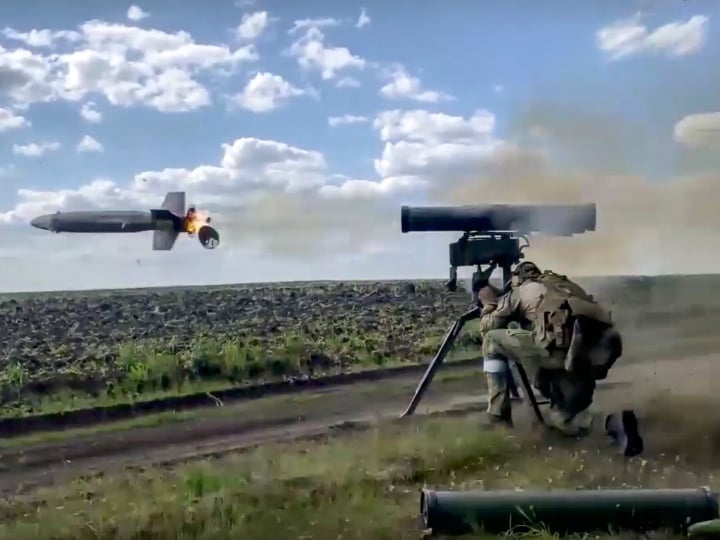
Russian soldiers use Kornet missiles.
After a long delay due to the collapse of the Soviet Union, the missile was not officially put into service until 1998, and early variants of the Kornet were first used in combat during the Iraq War, where Iraqi special forces used the missile to great effect against American Abrams tanks and Bradley fighting vehicles in 2003.
The Kornet has also proven equally effective against Israeli Merkava tanks, including the most modern Merkava IV variant. The Kornet was first deployed by Hezbollah in 2006, and it destroyed at least twenty tanks during an Israeli offensive into southern Lebanon in 2006.
Militants from the Islamic State terrorist group have also used captured Kornet missiles to great effect, disabling several Iraqi Abrams tanks since 2014. Other reports indicate that Kornets have also been used by militias against Turkish Leopard 2 tanks in Syria. The success of the Kornet has led both Iran and North Korea to license and develop variants of the missile domestically.
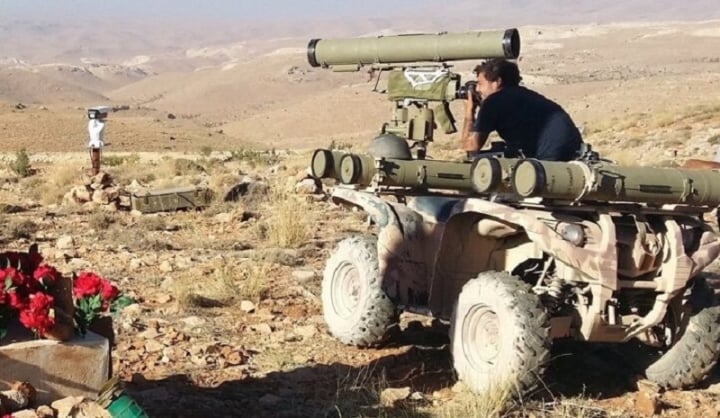
Location of Hezbollah's Kornet anti-tank missile.
The Kornet's combat effectiveness is inherited from the Soviet Union's success in developing mobile anti-tank guided missile systems during the Cold War. The Soviet Konkurs and Metis anti-tank missile systems were considered the world's leading anti-tank weapons at that time and far surpassed similar Western weapons.
A notable feature of the missile is the parallel-loaded warhead, with two HEAT charges separated by the rocket motor, which allows to increase the focal length of the second charge and thus significantly improve the missile's penetration ability, while increasing its survivability against countermeasures.
The Kornet missile's day/night thermal imaging sight with x12/x20 zoom capability is significantly superior to similar Western missiles. In addition, the missile is also equipped with a laser guidance system to maximize accuracy when firing.
Currently, advanced variants of the Kornet are being developed, most notably the Kornet-EM which has an extended range, and it also adds features to effectively deal with reactive armor and the ability to automatically track targets.
While the Kornet remains a deadly and cost-effective weapon, its capabilities are increasingly seen as lagging behind the superior features designed into later systems such as the American Javelin, Israeli Spike, and Chinese HJ-12.
All of these anti-tank missiles were introduced many years after the Kornet entered service and were enhanced with the “fire and forget” capability that the Russian missile lacked. However, the Kornet still proved its worth on the battlefield and it is still considered a killer for Western tanks.
Le Hung (Source: Military Watch)
Useful
Emotion
Creative
Unique
Source




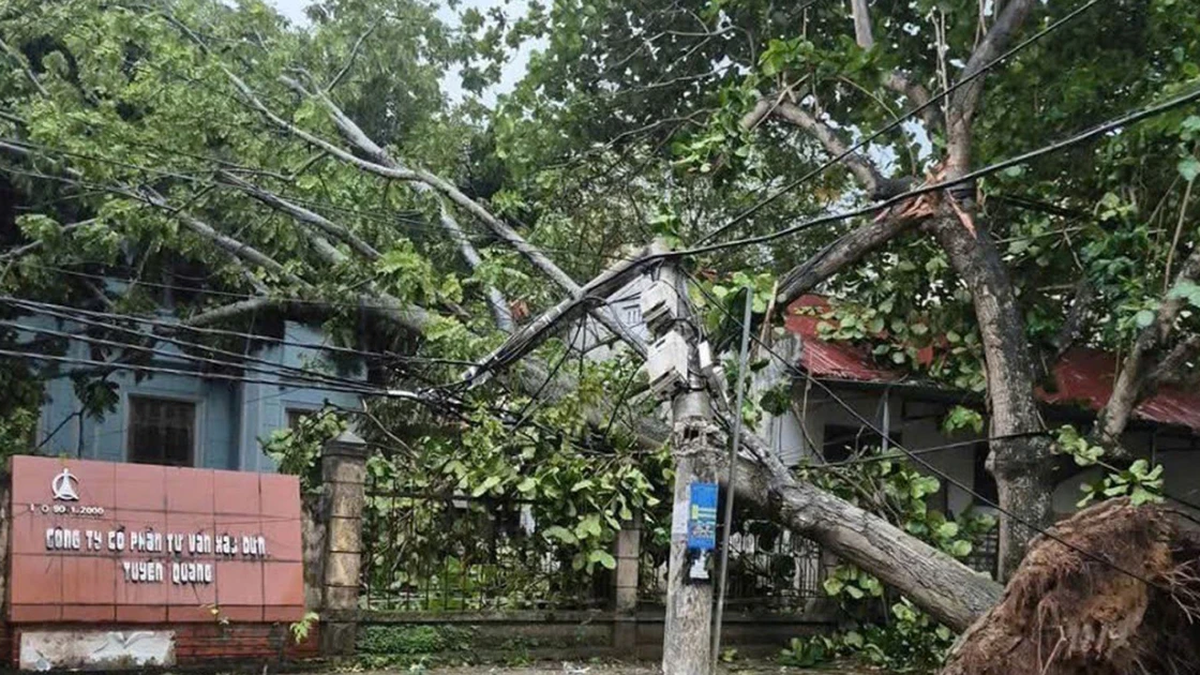


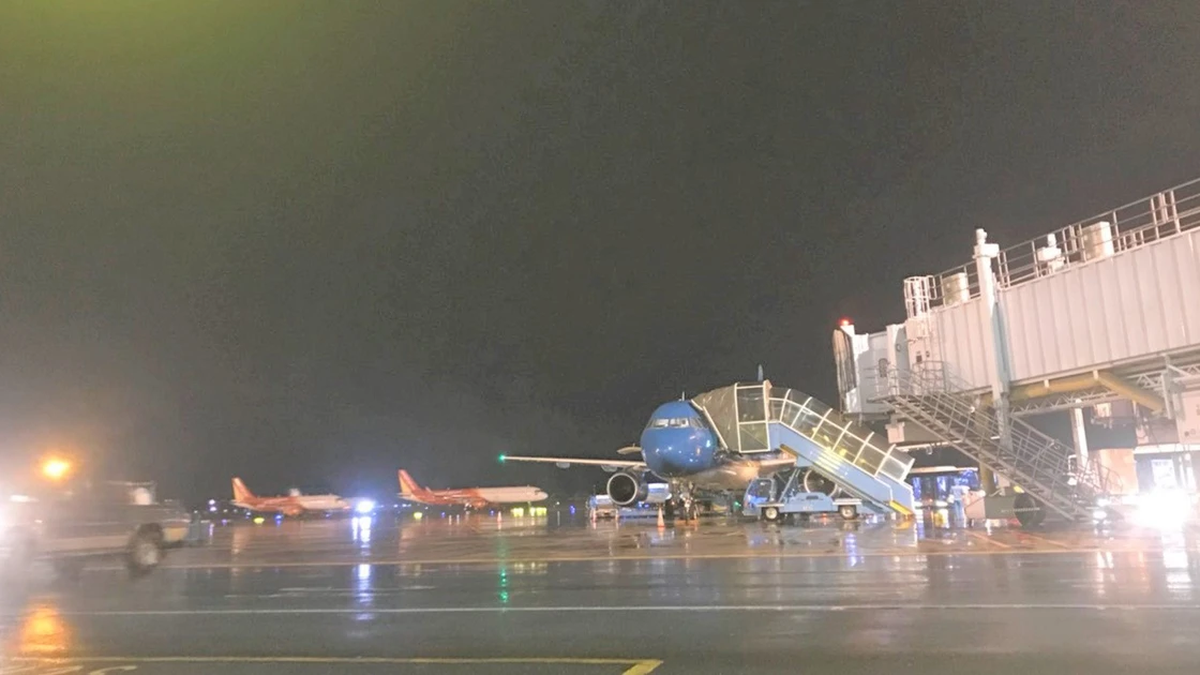

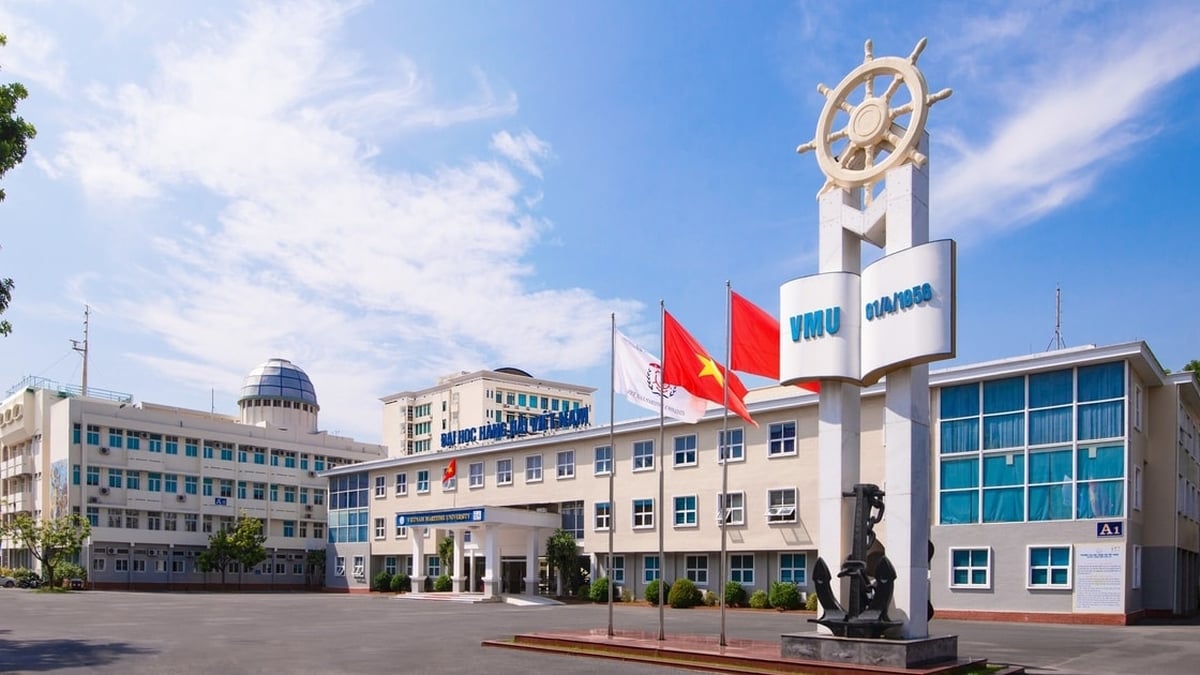
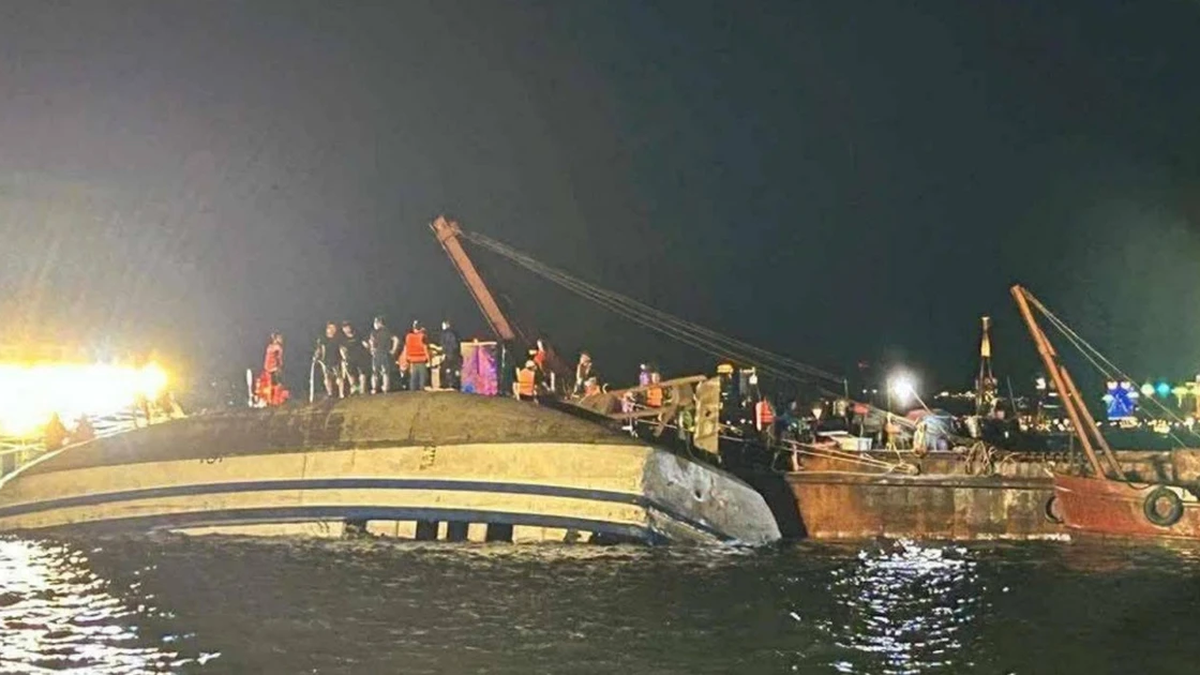
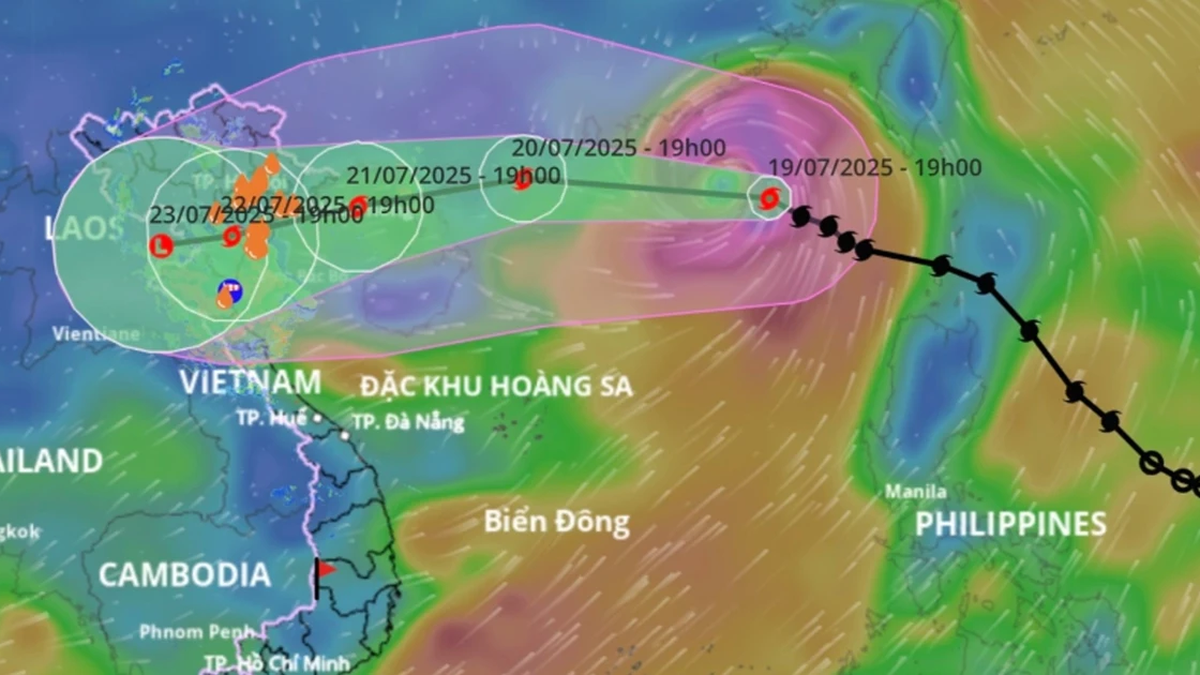







































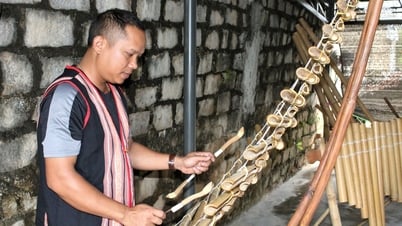










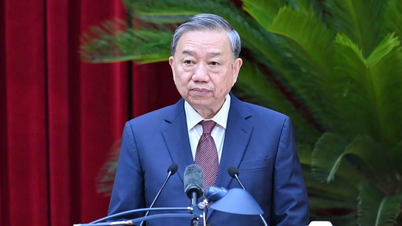
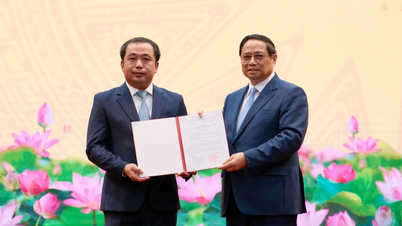





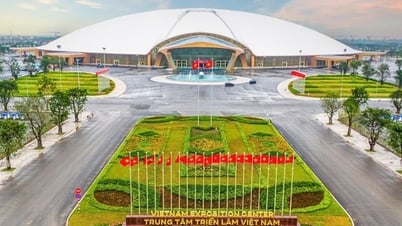

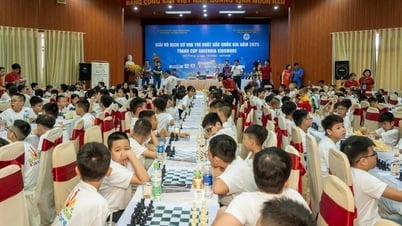


























Comment (0)